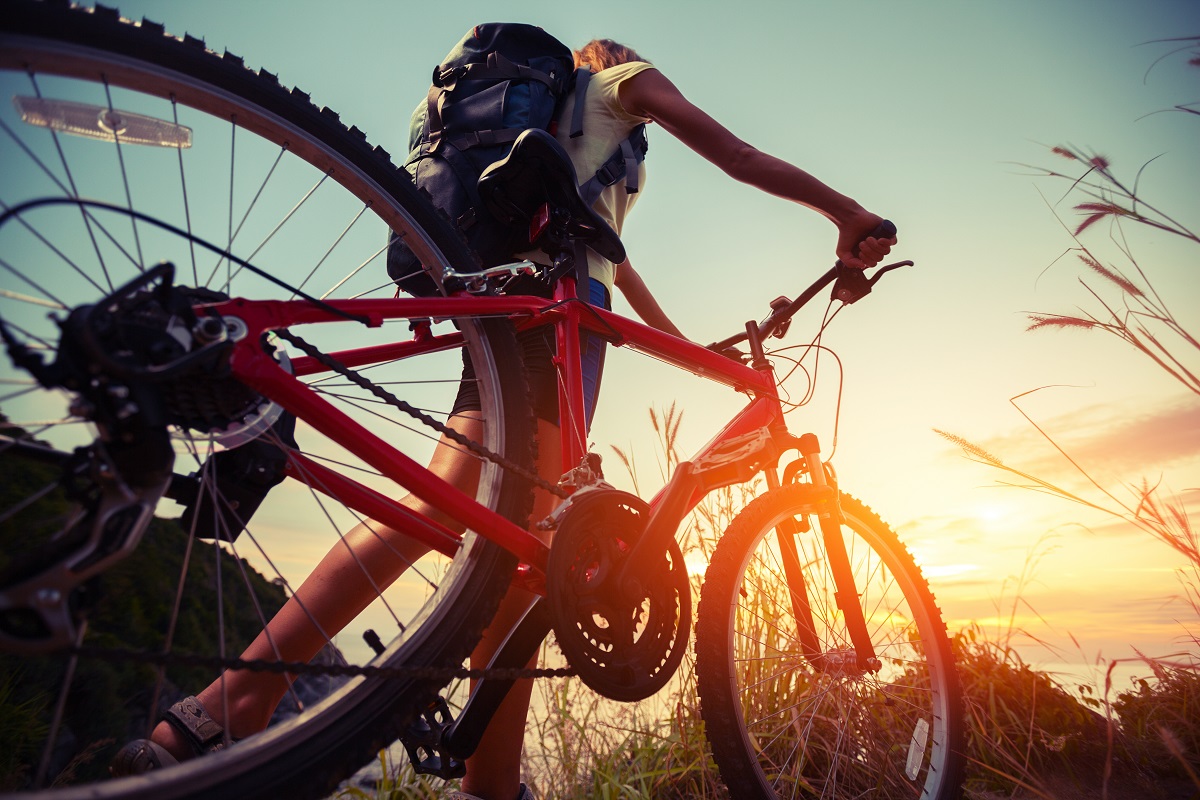Running, walking, or cycling takes a different turn in major urban centers. While the great outdoors holds several nasty hazards like poison ivy, bugs, and snakes — urban hazards can be far deadlier. Navigate the urban jungle safely, whether on your bike or on foot, by keeping your eyes open and knowing what to avoid.
1. Needles and Excrement
Major urban centers are a den of homelessness. While shelters are available, some individuals prefer living on the streets due to mental issues or addiction. The streets of Los Angeles, San Francisco, New York, and Seattle are home to large numbers of homeless people, and with them comes their waste and needles. While walkers and joggers are more exposed to the risks, bike repair shops have had run-ins (and scares) with hypodermic needles lodged inside bicycle tires. Improperly disposed hypodermic needles can be vectors of blood-borne diseases such as hepatitis and HIV.
Human waste is more of a nuisance than a hazard — unless they cause you to slip and fall. Forget about walking or running barefoot in big cities, and make sure to literally keep your eyes on the road to avoid stepping or treading on unwanted objects.
2. Distracted Motorists
Distractions are inevitable in a bustling city. While the number of people texting on their phones has dropped, there are new ways to get distracted. Drivers can be streaming, doing a Tiktok video, or watching a YouTube video while driving. Any form of distraction can be fatal to pedestrians or cyclists on the road. Even in a quiet city like Kent, Washington, up to a third of fatalities in car accidents are pedestrians.
Getting injured by a distracted driver isn’t as common as you might think, and having reliable pedestrian accident lawyers on your phone book might spare you the high costs of medical bills or time off from your work.
Research in Australia proved that drivers don’t even need to be distracted to cause accidents. Inattentional blindness can render pedestrians, cyclists, and bikers invisible to drivers — especially if they drive large SUVs. The phenomenon has been documented multiple times and can affect up to 65 percent of motorists.
3. Pets and Other Animals

Not every leashed pet is friendly — especially to joggers and cyclists. Dogs can react negatively to a speeding runner or cyclist and instinctively lash out with a bite or a tackle. Walkers are generally safe unless they stop and try to pet an unfamiliar animal. Fortunately, every pet you encounter should be free from diseases and rabies. On the other hand, feral cats and dogs can be dangerous and should be reported immediately.
Birds, and everything that comes with them, can also be a distraction. While you are unlikely to run into one in flight, droppings can be distracting. Not a few cyclists and runners get into accidents after a particularly nasty hit from a rude bird. Try to veer off pets when you can, and try to accept droppings when they come.
4. Unruly Individuals
Urban centers are densely packed with people, including unruly individuals. Whether caused by drug problems, mental issues, or some other reason — there is always a chance of getting attacked in major urban centers. Sadly, law enforcement will turn a blind eye unless significant injury or death is involved. Most urban centers have a certain tolerance for crime. Misdemeanors are often ignored and jail time can be limited to a day or two if homelessness is part of the issue. Plan your routes to avoid the most dangerous streets, or go with a group to increase your overall safety.
5. Dehydration
Going out into the city doesn’t feel the same as a trek to the woods. Familiarity can distort your sense of distance and time. Joggers and cyclists in cities bring very little water if any at all. Dehydration can cause weakness, dizziness, and even fainting spells. Most Americans suffer from varying degrees of dehydration as it is — what more runners and cyclists? A particularly hot day can also increase your chances of dehydration as copious amounts of sweat can leave your body in need of fluids and electrolytes.
Bring a bottle or two of water or a sports drink when you go jogging or cycling. Try to schedule your activity early in the morning or late in the afternoon to avoid high temperatures.
The urban jungle presents a different set of hazards to pedestrians, joggers, and cyclists. Navigate the city safely by getting familiar with several routes and knowing what hazards you might encounter.






